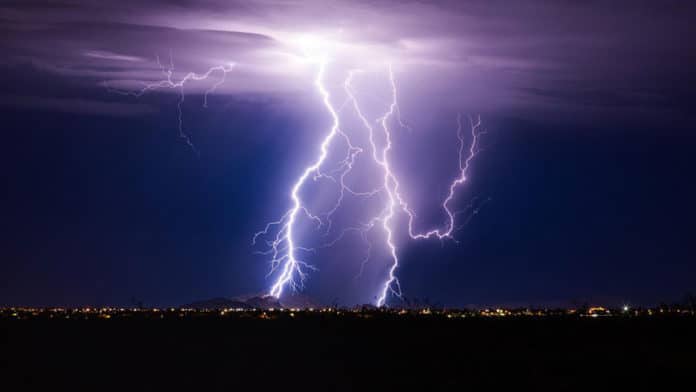Lightning is responsible for human injuries and fatalities, the death of livestock, and house and forest fires. It is also a significant source of electromagnetic interference and damage to electronic circuits, buildings, and other exposed man-made structures such as transmission lines, wind turbines, and photovoltaics.
However, little is known about what triggers lightning, and there is no simple technology for anticipating when and where lightning will strike the ground.
Scientists at the EPFL have devised a novel way to predict lightning strikes to the nearest 10 to 30 minutes and within a radius of 30 kilometers. They have developed a simple and inexpensive system that uses a combination of standard meteorological data and artificial intelligence.
Amirhossein Mostajabi, the Ph.D. student who came up with the technique, said, “Current systems are slow and very complex, and they require expensive external data acquired by radar or satellite. Our method uses data that can be obtained from any weather station. That means we can cover remote regions that are out of radar and satellite range and where communication networks are unavailable.”
Furthermore, because the data can be acquired easily and in real-time, predictions can be made very quickly – and alerts can be given even before a storm has formed.
The method is based on four commonly available surface weather variables (air pressure at station level (QFE), air temperature, relative humidity, and wind speed). The generated warning is then validated using the data from lightning location systems.
A machine-learning algorithm was used for a machine-learning algorithm. To carry out the training, the analysts utilized information gathered over ten years from 12 Swiss weather stations, situated in both urban and mountainous areas. Once trained, the system made predictions that proved correct almost 80% of the time. It can now be used anywhere.
Scientists noted, “This is the first time that a system based on simple meteorological data has been able to predict lightning strikes through real-time calculations. The method offers a simple way of predicting a complex phenomenon.”
The method is reported in npj Climate and Atmospheric Science.
